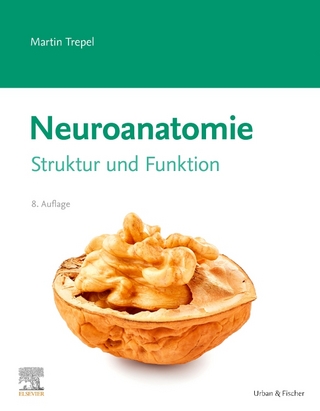
Programmed Cell Death
Kluwer Academic/Plenum Publishers (Verlag)
978-0-306-45680-0 (ISBN)
This volume contains papers that were presented and discussed at The 1996 Interna tional Symposium on Programmed Cell Death, which was held in the Shanghai Science Center of the Chinese Academy of Sciences on September 8-12, 1996. Apoptosis has attracted great attention in the past several years. This is reflected in part by the exponential increase in the number of papers published on the subject. While several major scientific conferences have been held in recent years, this meeting repre sents the first major international scientific meeting on programmed cell death held in Asia, where fast economic growth promises a bright future for both basic and applied re search in biomedical sciences. We organized the meeting with the belief that such a gath ering would foster a closer interaction between scientists from the West and those in Asia. Research on programmed cell death has expanded so extensively that no one meet ing can cover all the important subjects related to apoptosis. The Shanghai meeting fo cused on several key areas ranging from well-established ones, such as cell death in the immune system, to emerging ones, such as the role ofECM in regUlating cell fate. Specifi cally, the subjects presented and discussed included programmed cell death during devel opment, the regulation and biochemical mechanisms of lymphocyte apoptosis, the involvement of extracellular matrix and its remodeling in programmed cell death, genes that cause or prevent cell death, and the application of apoptosis toward cancer therapy.
1. How Hormones Regulate Programmed Cell Death during Amphibian Metamorphosis.- 2. Activation of Matrix Metalloproteinase Genes during Thyroid Hormone-Induced Apoptotic Tissue Remodeling.- 3. Mechanisms by Which Matrix Metalloproteinases May Influence Apoptosis.- 4. The Role of Integrin ?v?3 in Cell Survival and Angiogenesis.- 5. The Role of Granzyme B in Cytotoxic T Lymphocyte Assisted Suicide.- 6. Caspase Inhibitors as Molecular Probes of Cell Death.- 7. Cell Volume Regulation, Ions, and Apoptosis.- 8. Regulation of p53-Dependent Apoptosis in Human Neuroblastoma Cells by Isoquinolines.- 9. Inducible Fas-Resistance in B Lymphocytes.- 10. Murder and Suicide: A Tale of T and B Cell Apoptosis.- 11. Molecular Mechanisms of T Lymphocyte Apoptosis Mediated by CD3.- 12. Mitogenic Cytokines Promote Apoptosis: Possible Roles in Cellular Homeostasis.- 13. Molecular Mechanisms of Growth and Death Control of Hematopoietic Cells by Cytokines.- 14. Genetic Regulation of Apoptosis in the Mouse Thymus.- 15. Taking Out the Immune Response: The Roles of Fas-Ligand (CD95L) in Immune Regulation.- 16. CD95 (Fas) Ligand: A Mediator of Cytotoxic T Lymphocyte-Mediated Apoptosis and Immune Privilege.
| Erscheint lt. Verlag | 31.10.1997 |
|---|---|
| Zusatzinfo | VIII, 171 p. |
| Verlagsort | New York |
| Sprache | englisch |
| Maße | 156 x 234 mm |
| Themenwelt | Studium ► 1. Studienabschnitt (Vorklinik) ► Anatomie / Neuroanatomie |
| Naturwissenschaften ► Biologie ► Genetik / Molekularbiologie | |
| Naturwissenschaften ► Biologie ► Zoologie | |
| ISBN-10 | 0-306-45680-X / 030645680X |
| ISBN-13 | 978-0-306-45680-0 / 9780306456800 |
| Zustand | Neuware |
| Informationen gemäß Produktsicherheitsverordnung (GPSR) | |
| Haben Sie eine Frage zum Produkt? |
aus dem Bereich


